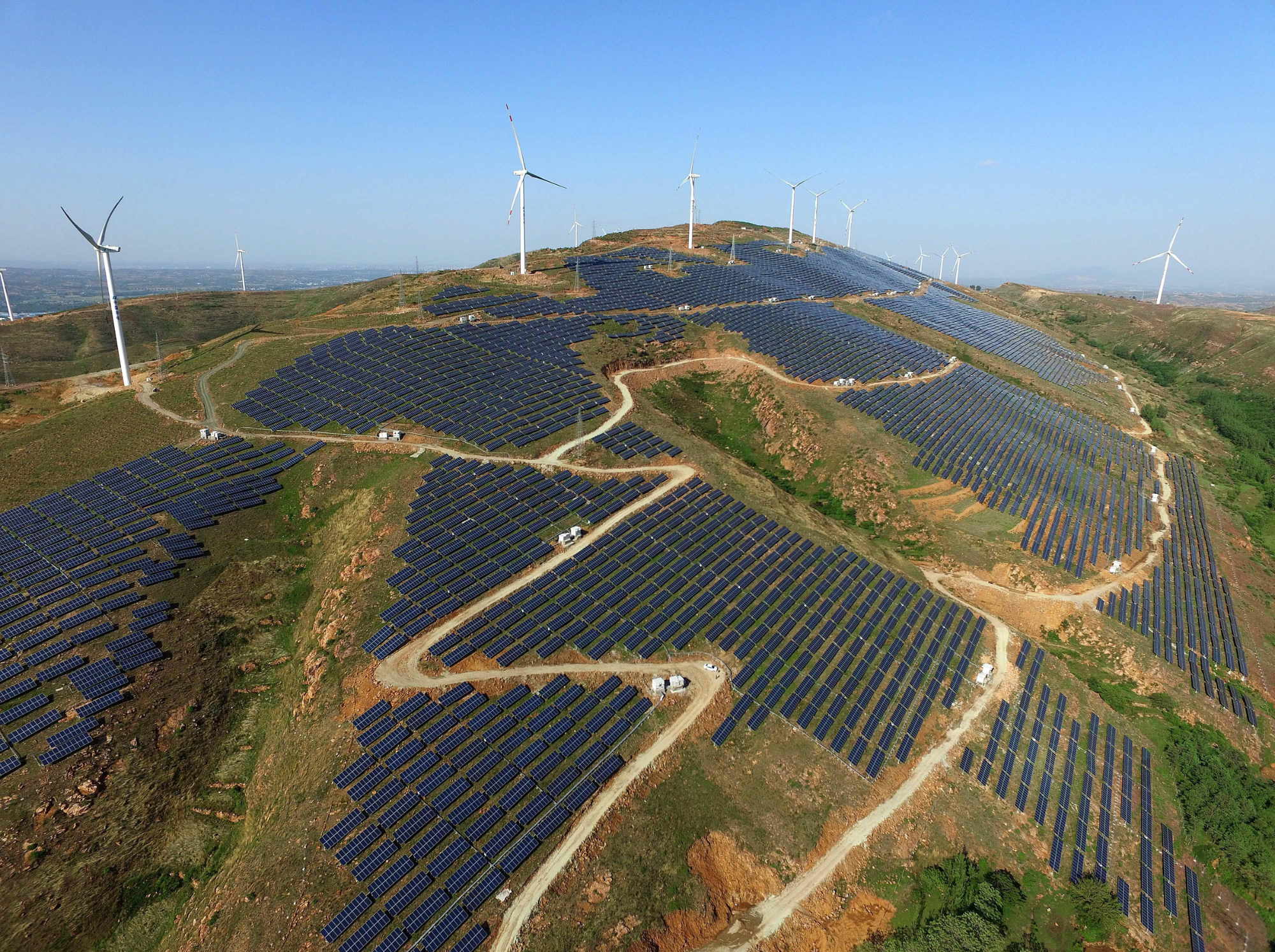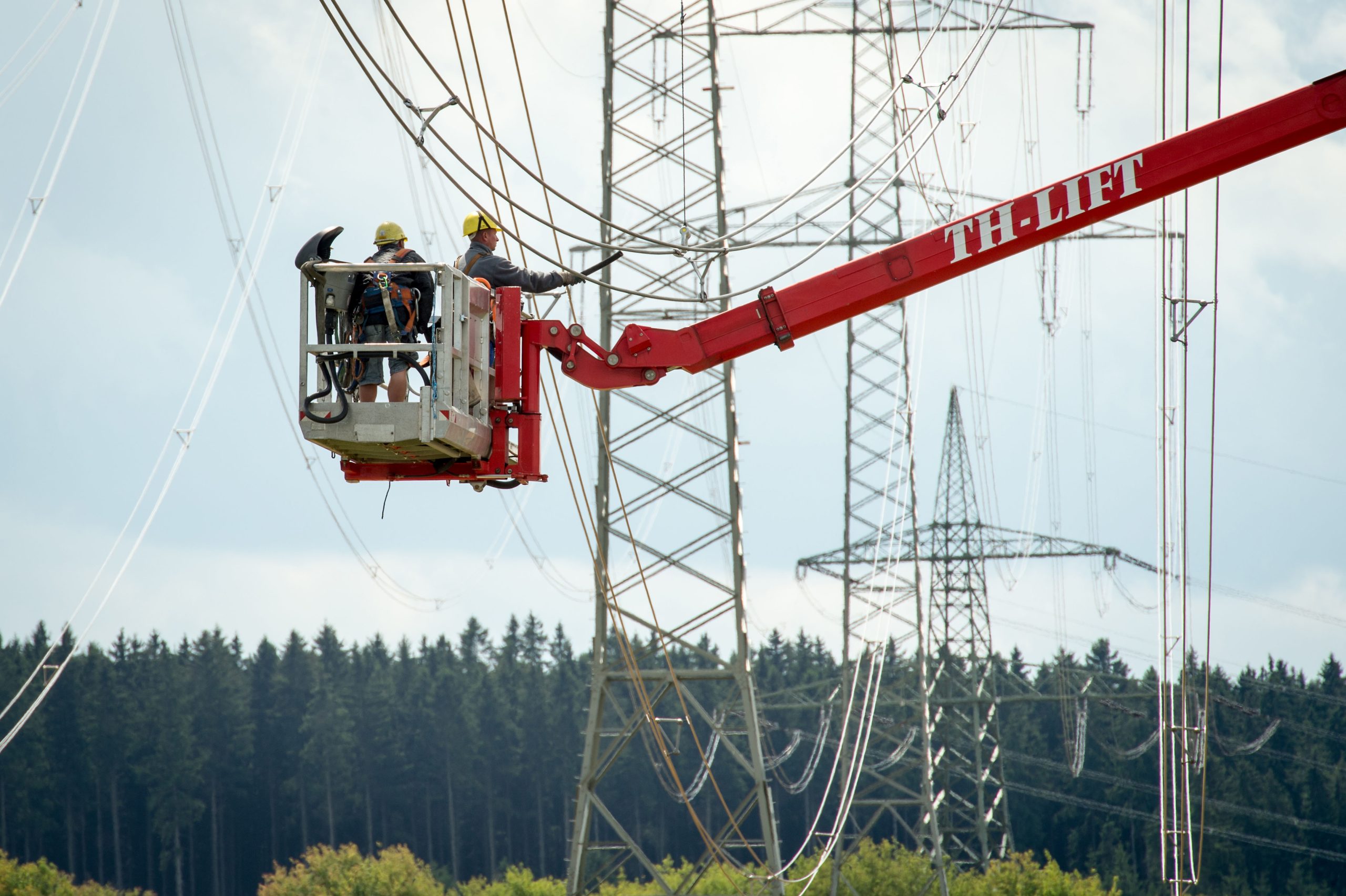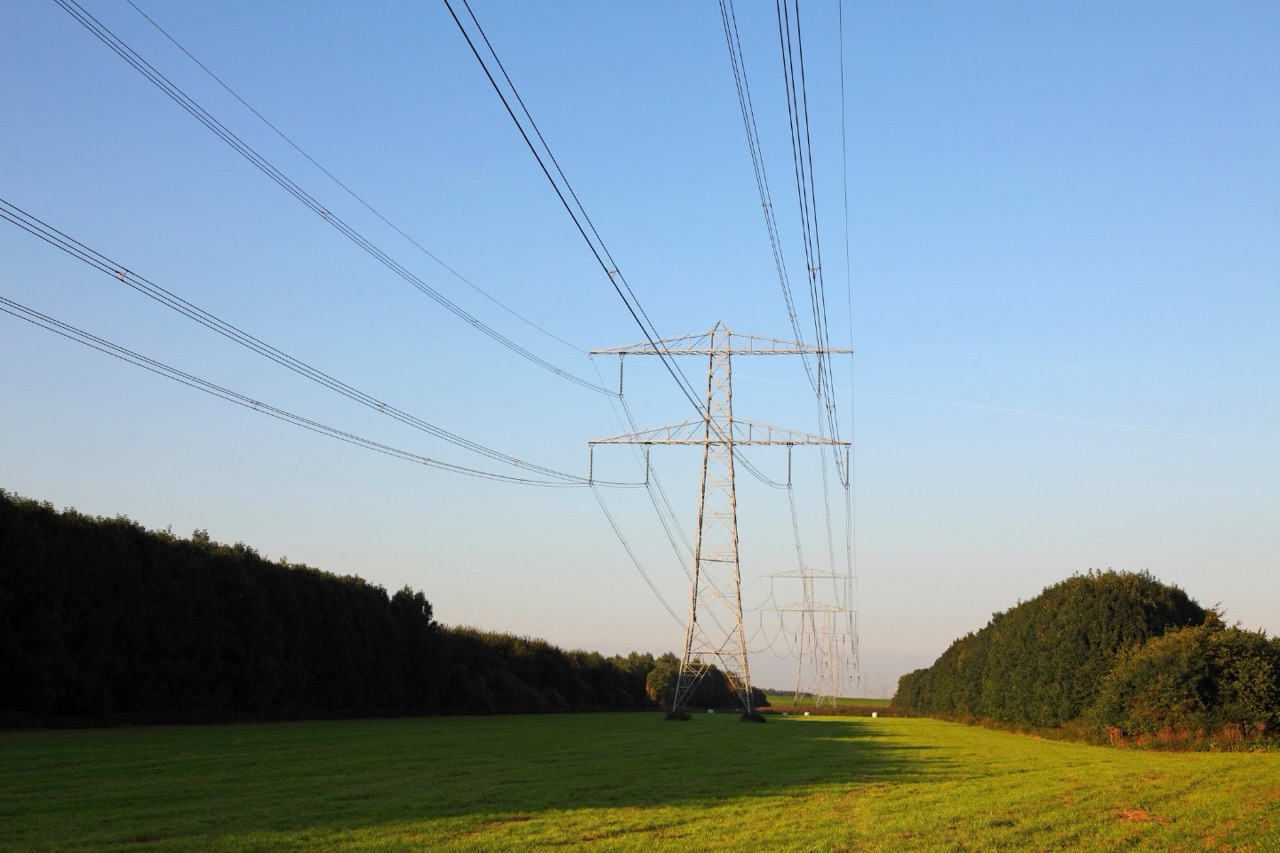
World
Fossil fuels still provide 61% of the world’s electricity, but the extraordinary growth of solar and wind has helped to slow the growth in fossil fuels.
Anchor point: Overview
Highlights
The average of electricity generated across the world from clean sources last year was 39%.
Renewables generated a record 30% of global electricity in 2023, driven by growth in solar and wind, bringing a new era of falling fossil generation into sight.
Solar and wind now generate 13% of the world’s electricity, more than doubling since 2015 when the Paris Agreement was signed. Together, clean sources generated almost 40% of the world’s electricity. As a result, the CO2 intensity of global power generation reached a new record low in 2023, 12% below its peak in 2007.
Fossil fuels still provide 61% of the world’s electricity – and coal power remains the largest source of electricity and the single largest emitter in the global economy – but the extraordinary growth of solar and wind has helped to slow the growth in fossil fuels by almost two-thirds in the last ten years.
As a result, half the world’s economies are already at least five years past a peak in electricity generation from fossil fuels. OECD countries are at the forefront of this, with power sector emissions collectively peaking in 2007 and falling 28% since then. Most significantly, China is set to see a decline in fossil fuels in 2024.
For emerging economies with rapid demand growth, the peak is still some way off. Nonetheless, Ember’s Global Electricity Review forecasts that the world as a whole is likely to see a fall in fossil generation – and hence power sector emissions – in 2024.
Just how quickly emissions will fall in the decade ahead is not yet set. It all depends on the actions taken now by governments, businesses and citizens to put the world on a pathway to clean power – by 2035 in mature economies and by 2045 in the rest of the world.
The global goal to triple renewables capacity by 2030 agreed at COP28 sets the level of ambition required. The target would see the world reach 60% renewable electricity by 2030, which would almost halve power sector emissions and put the world on a pathway aligned with the 1.5C climate goal. Already governments are planning a doubling, and the latest trends on renewables should give confidence for higher ambition.
Anchor point: Data
Anchor point: Insights
Latest insights




